2025.04.07
【Report】Oki Islands Deep Sea Event Held
From December 2024 through March 2025, a three-part event was held to learn about the Oki Islands’ deep sea. The event’s lecturer was Professor Masaaki Yoshida, a researcher of marine organisms at Shimane University’s Oki Marine Biological Station.
- December 14 (Part one of the event): A taxidermied specimen of a giant oarfish (Regalecus russellii) caught in the Oki Islands was unveiled at Oki Islands Geopark Museum. Because the depth of the seafloor near the Oki Islands can be as shallow as 100 m or as deep as 3000 m within a small area, there are occasionally instances when deep sea creatures will come close to the surface.
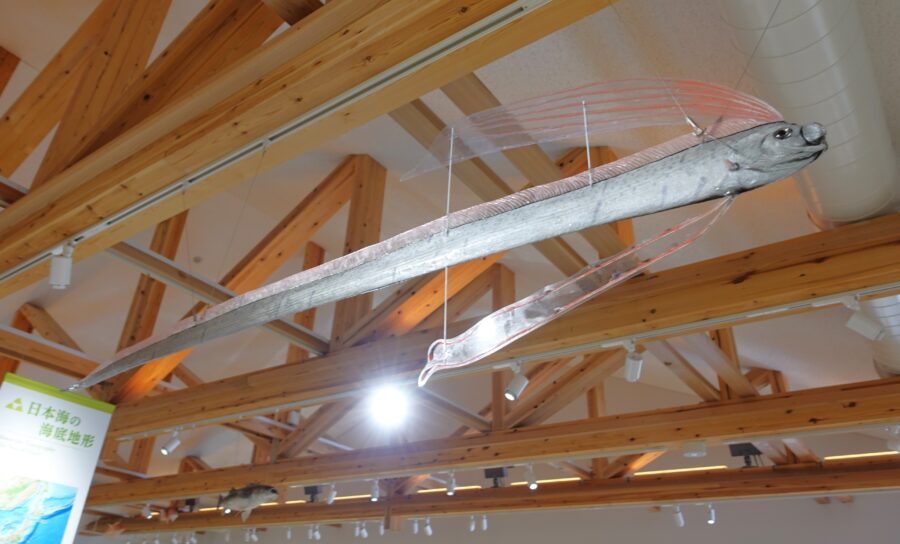
Specimens of inshore hagfish (Eptatretus burgeri) and hōzukichōchin brachiopod (Laqueus rubellus) were also a part of the exhibit.
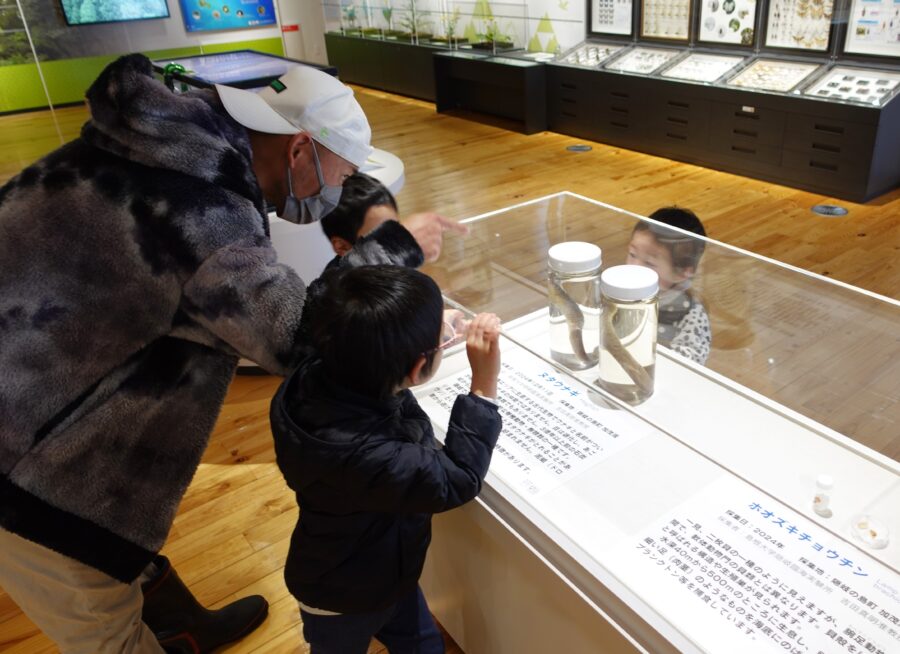
Following this, the event moved to the Oki Marine Biological Station. There, participants deepened their knowledge of deep-sea creatures while watching footage of a type of deep-sea creature, an inshore hagfish, being caught as well as seeing and touching the real thing. Using a microscope, they learned about the body composition of diatoms, a type of plankton.
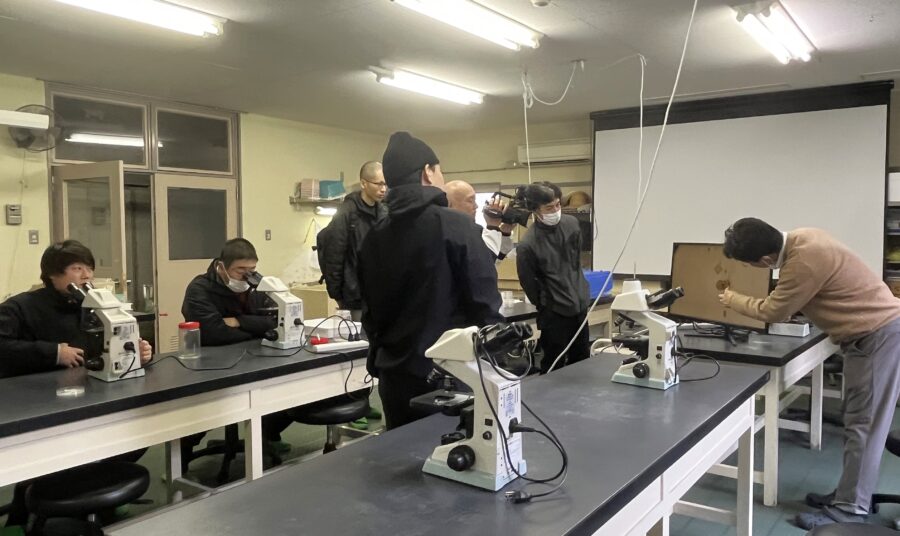

At Shionohama, participants went into the field to observe diatomaceous earth, which hints at a period in the past when the Oki Islands were in a deep sea, and listened to a geologist of Oki Islands Geopark Management Bureau talk about how the islands were made.
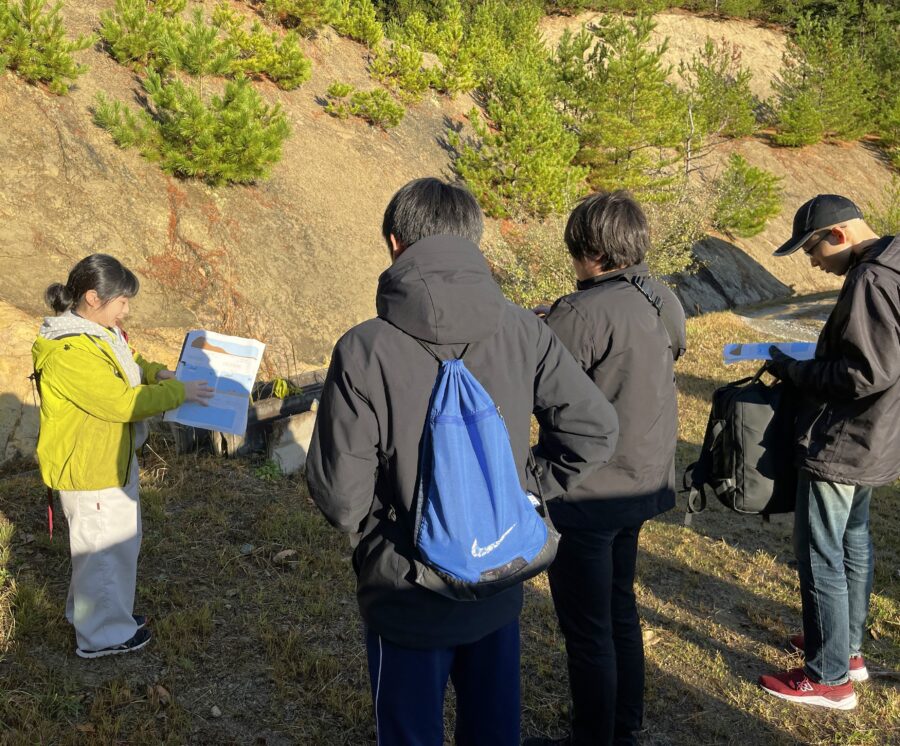
- March 20 (Part two of the event)
Titled “Oki Islands Geopark Museum Special Exhibition Day,” lecturer Professor Yoshida explained to museum visitors about the deep sea and sea creatures for this part of the event. People with an interest in deep–sea creatures from both inside and outside the town came to visit. It was a chance for them to directly learn what they wanted to know from an expert, and they actively asked questions.
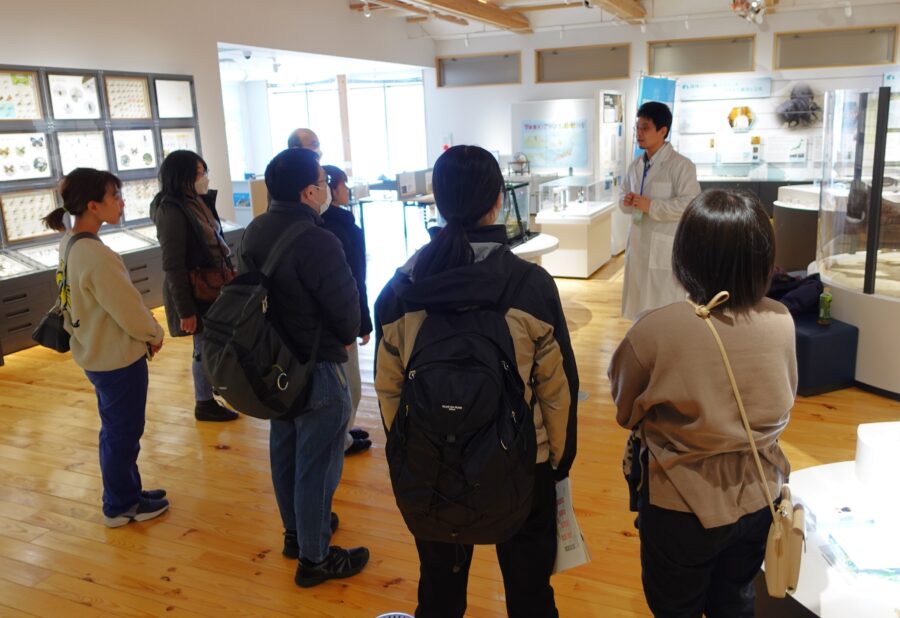
- March 30 (Part three of the event)
Oki Islands Seabed Observation was held as an event for participants to take a boat from Saigō Bay and observe sediment pulled up from the seabed. Tiny seabed-dwelling creatures such as relatives of the superfamily Gammaridea and relatives of copepods were observed under a microscope, and participants learned about their body composition and the role played by each organism.
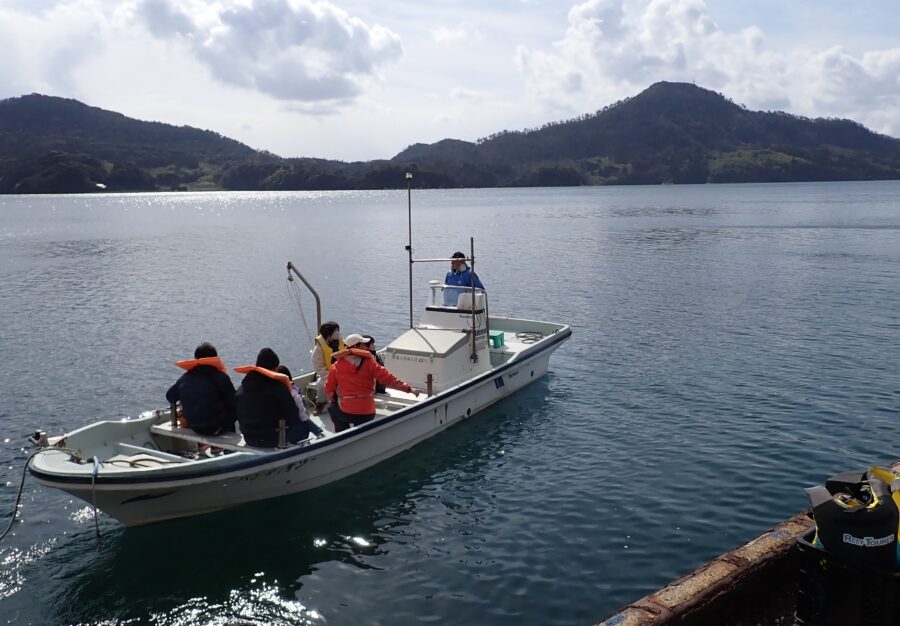
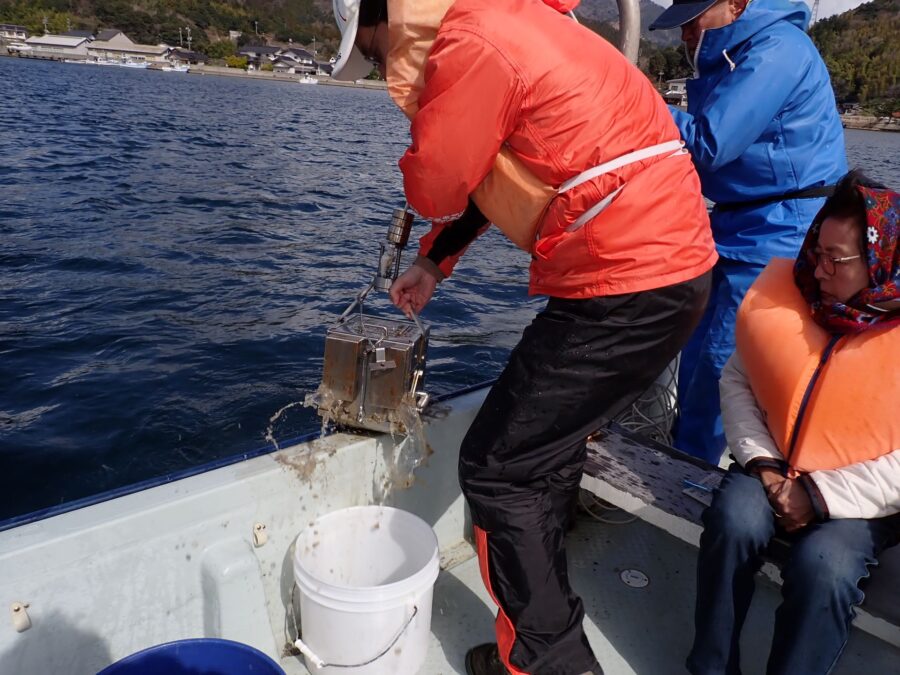
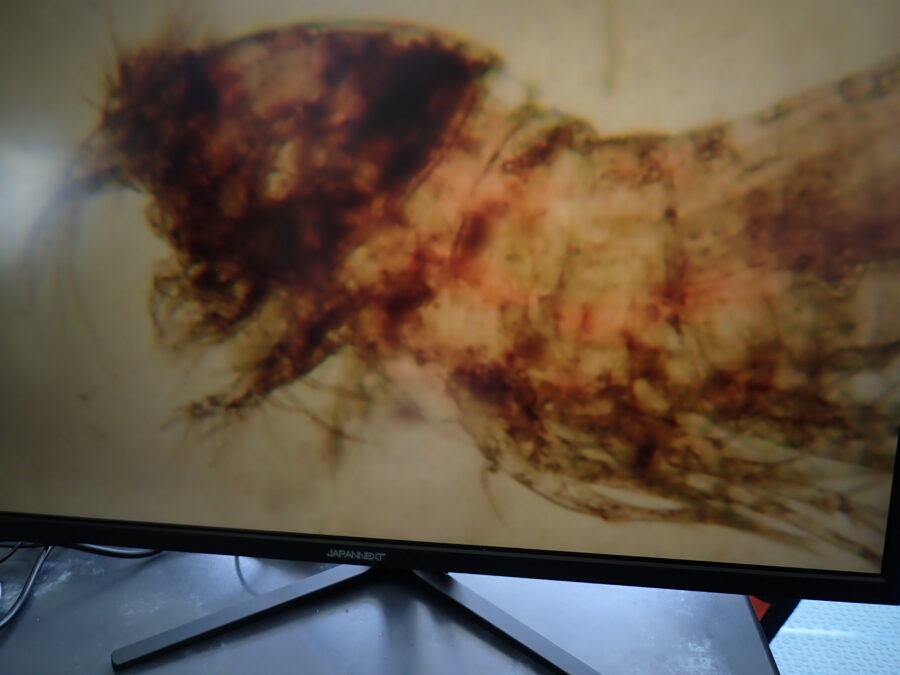
From participants in pre-school to those in their 70s, a wide range of ages attended the event and experienced a world that can only be seen under a microscope.
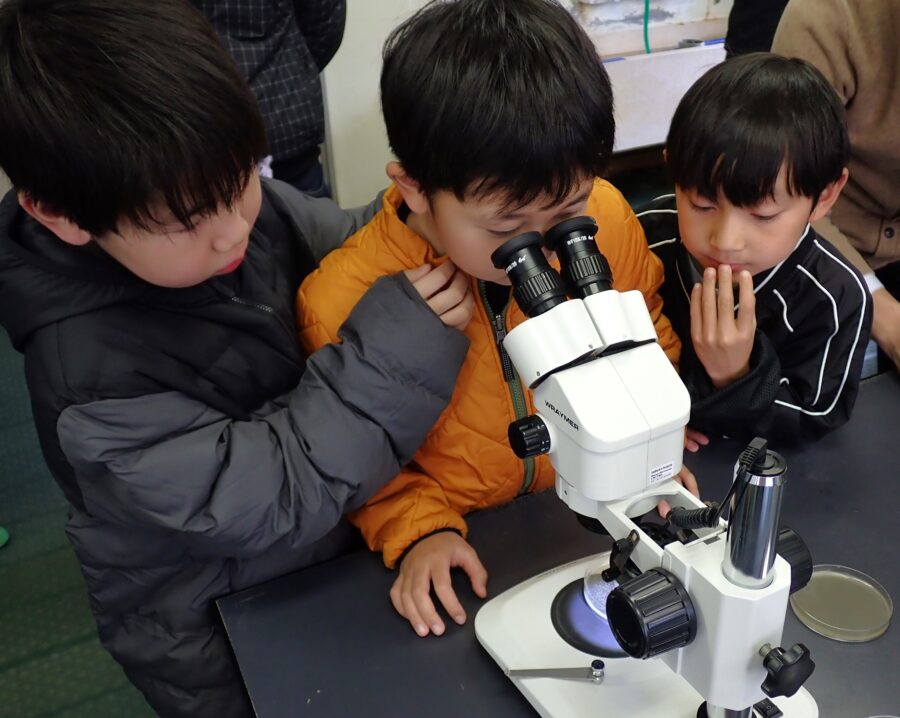
We heard about how the marine ecosystem will change if the number and types of seabed-dwelling micro-organisms like these were to decrease. This was a wonderful chance for everyone involved to learn about the marine environment.
*This project was funded by the Umi no Manabi Museum Support Fund.

